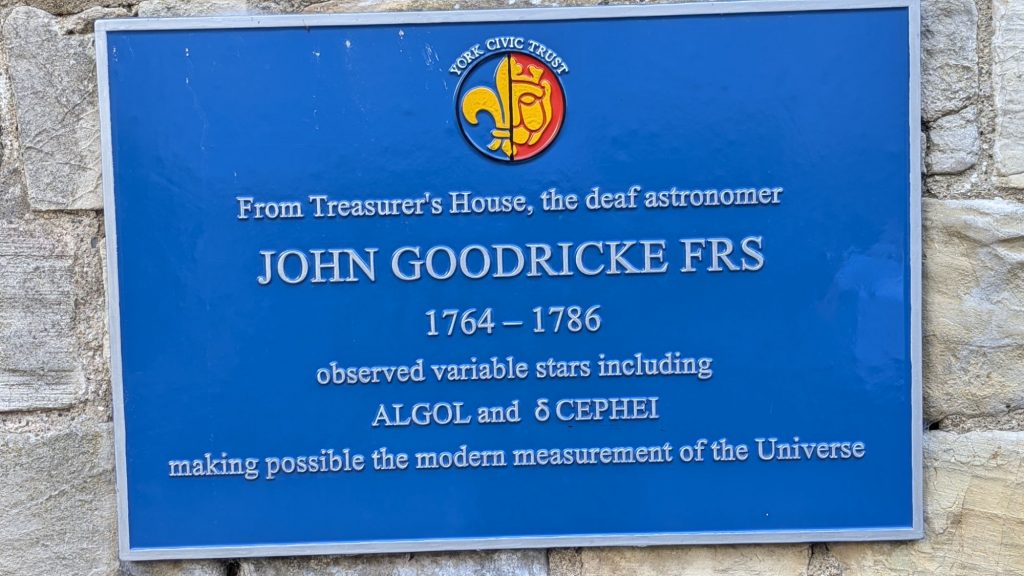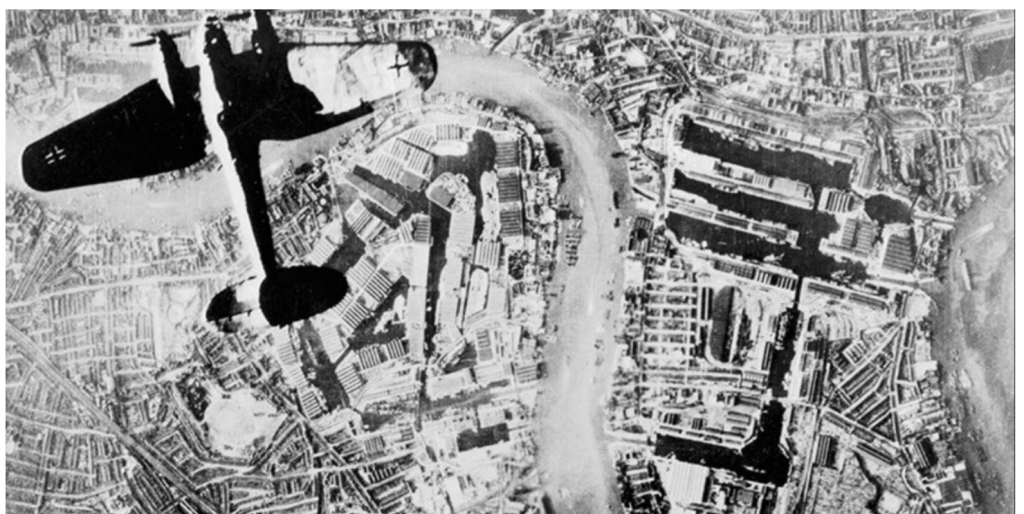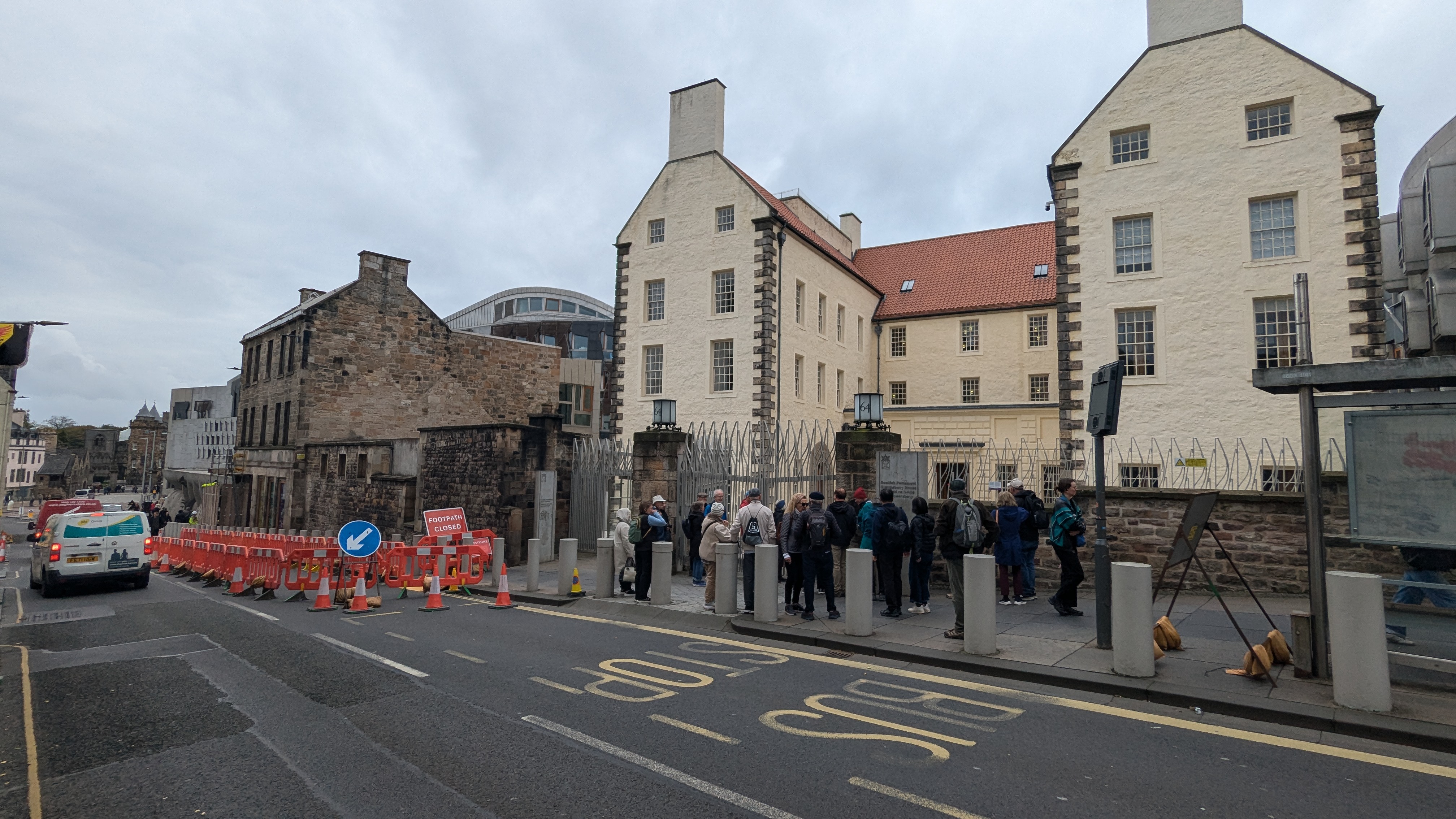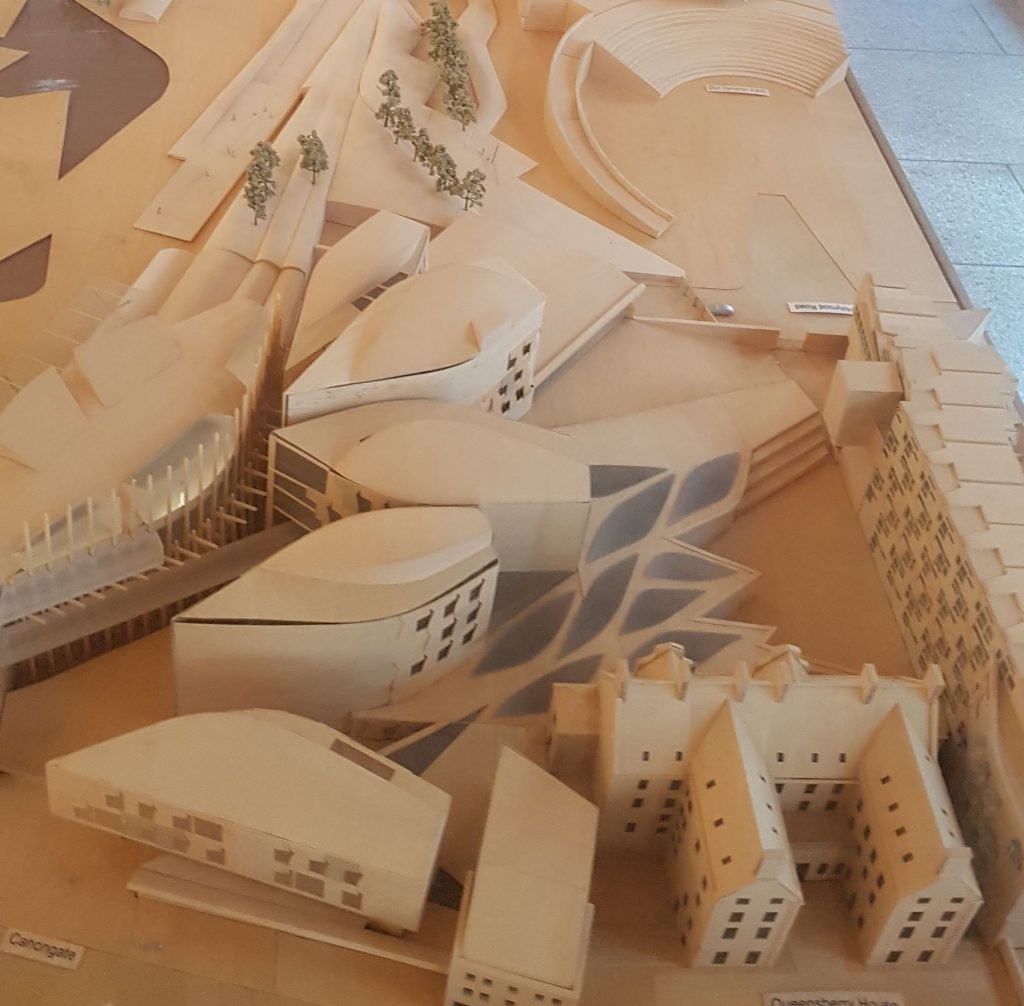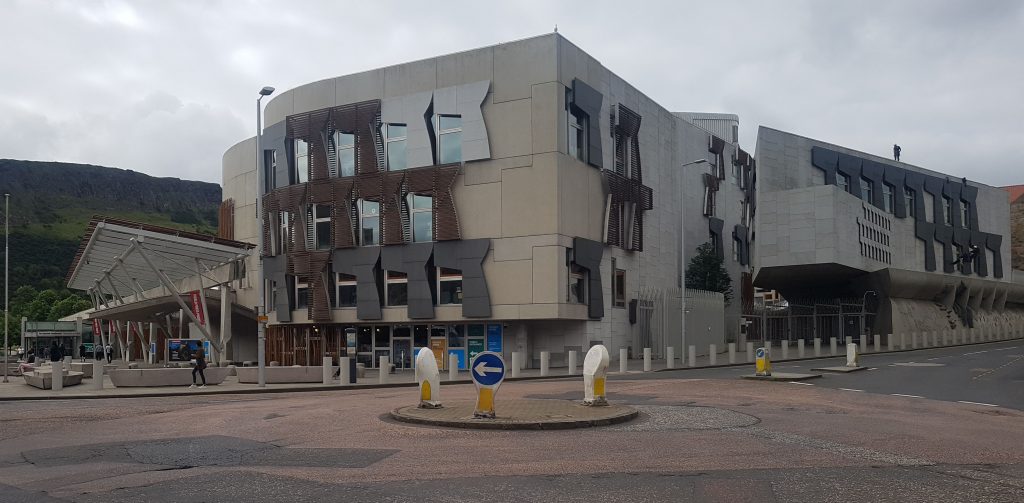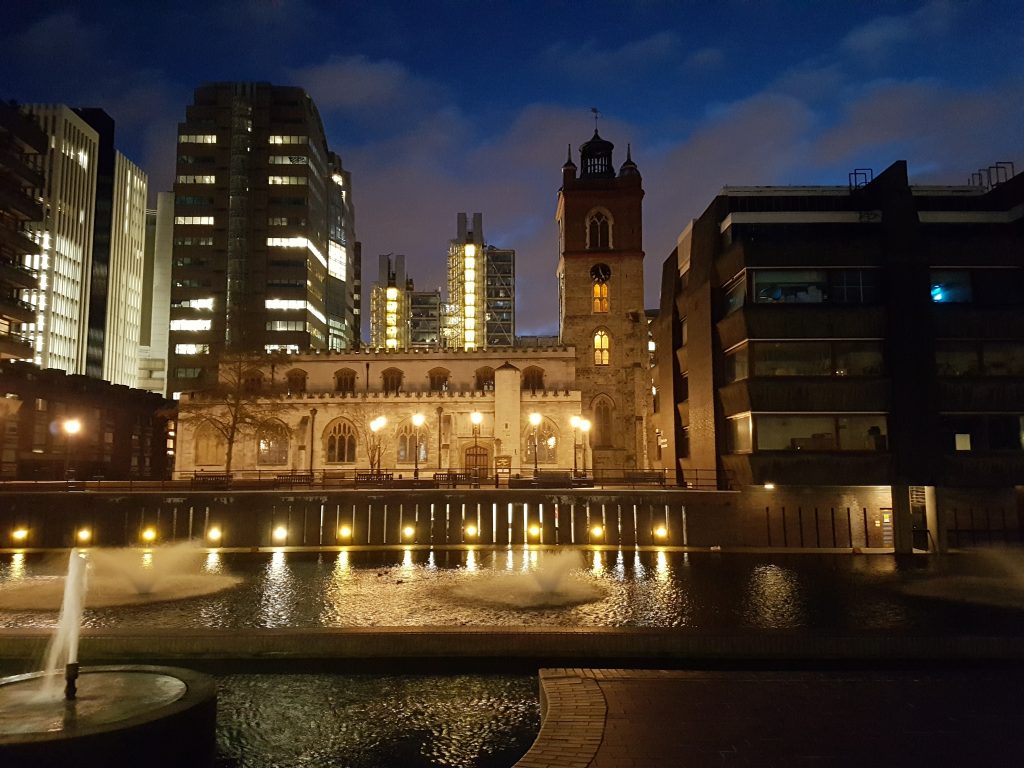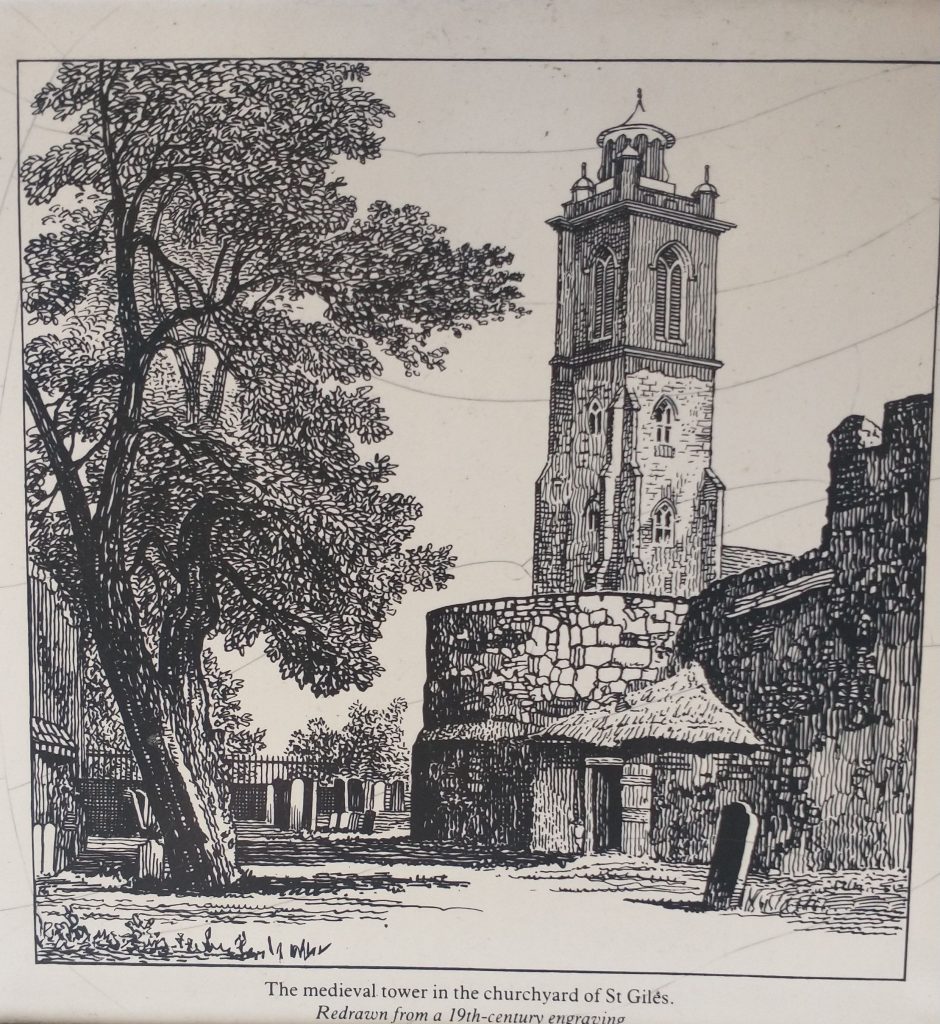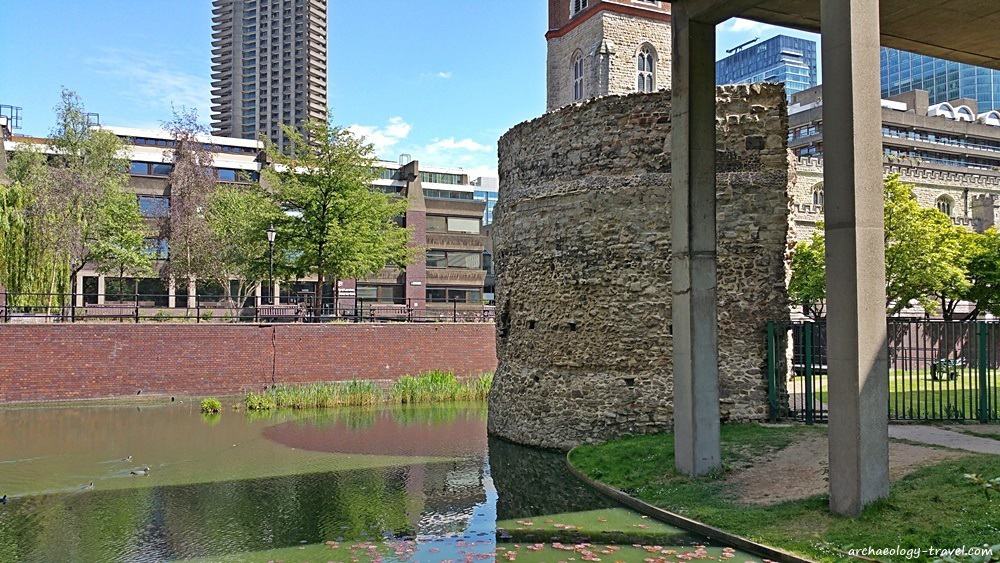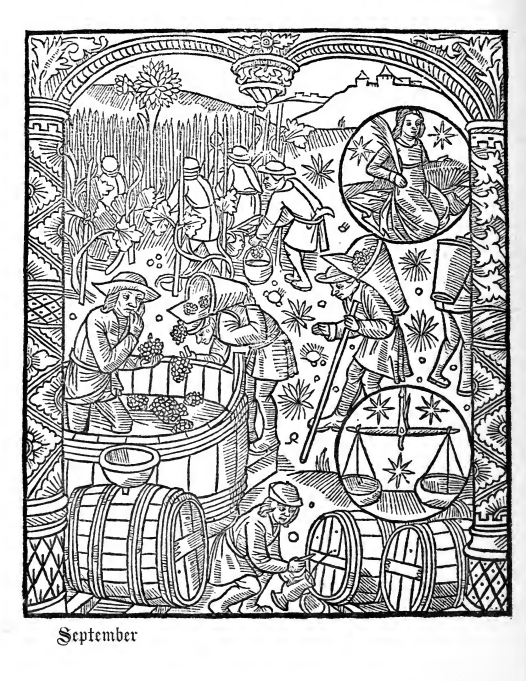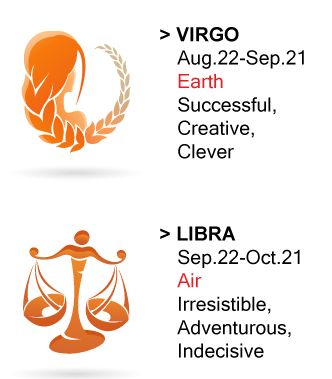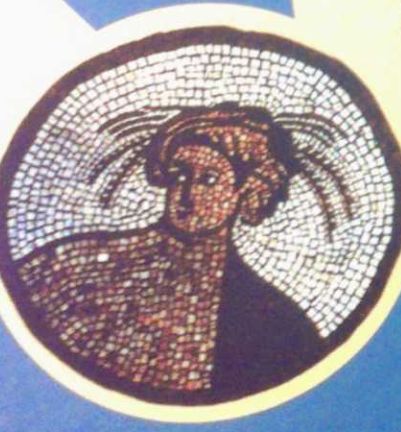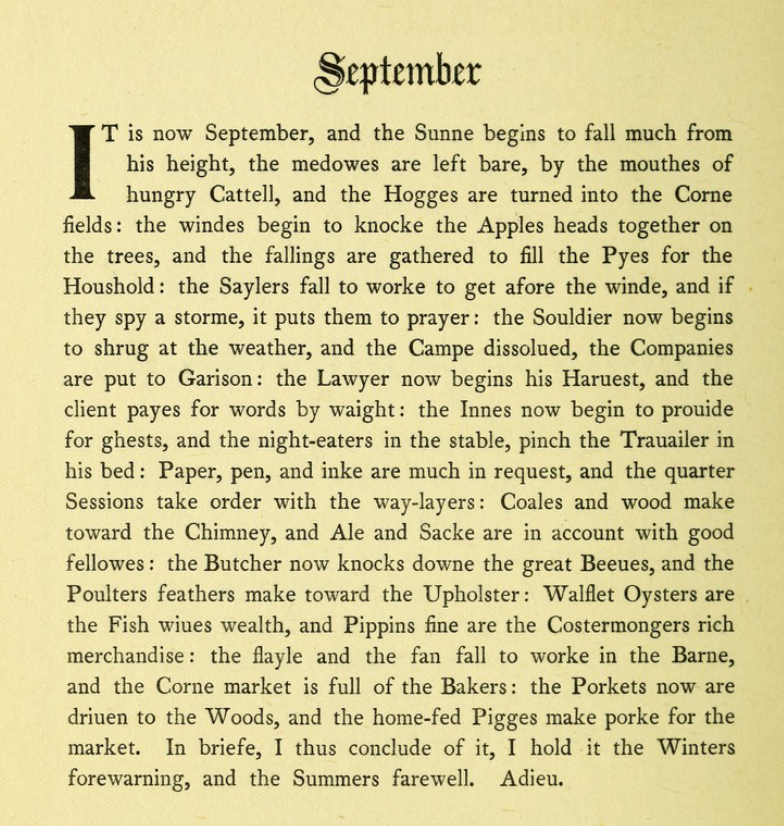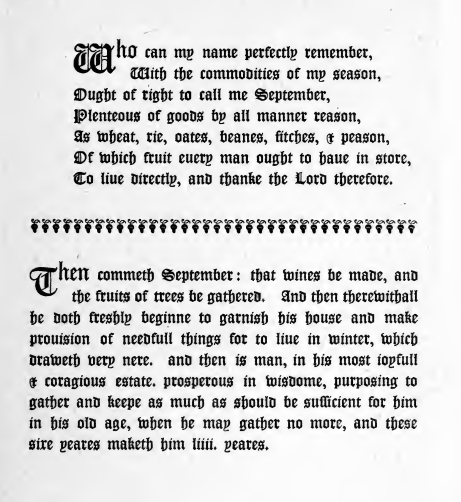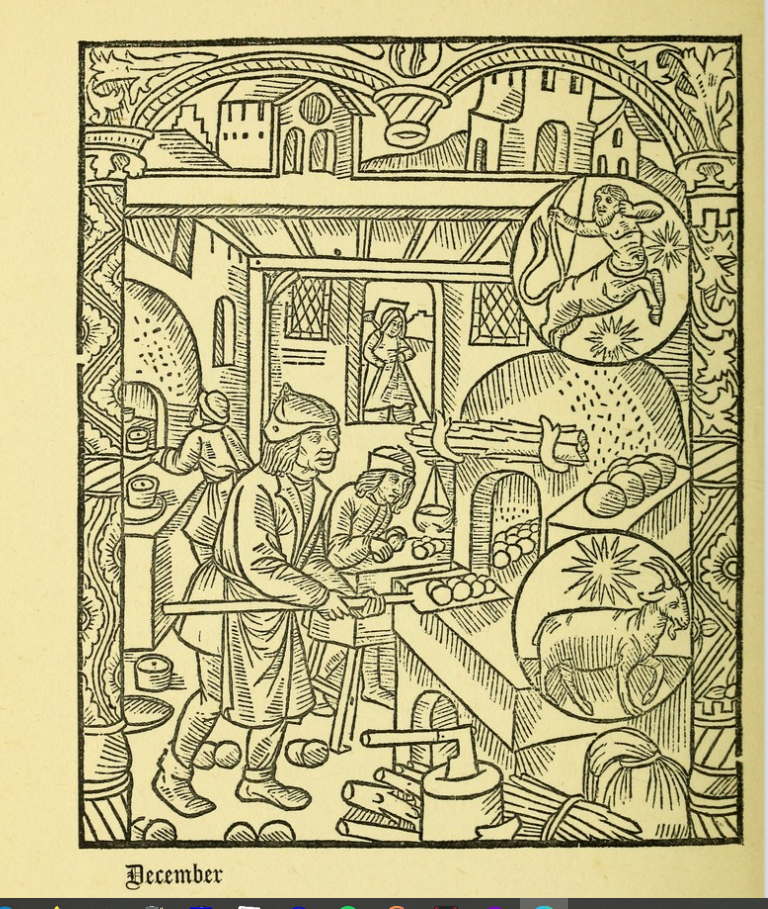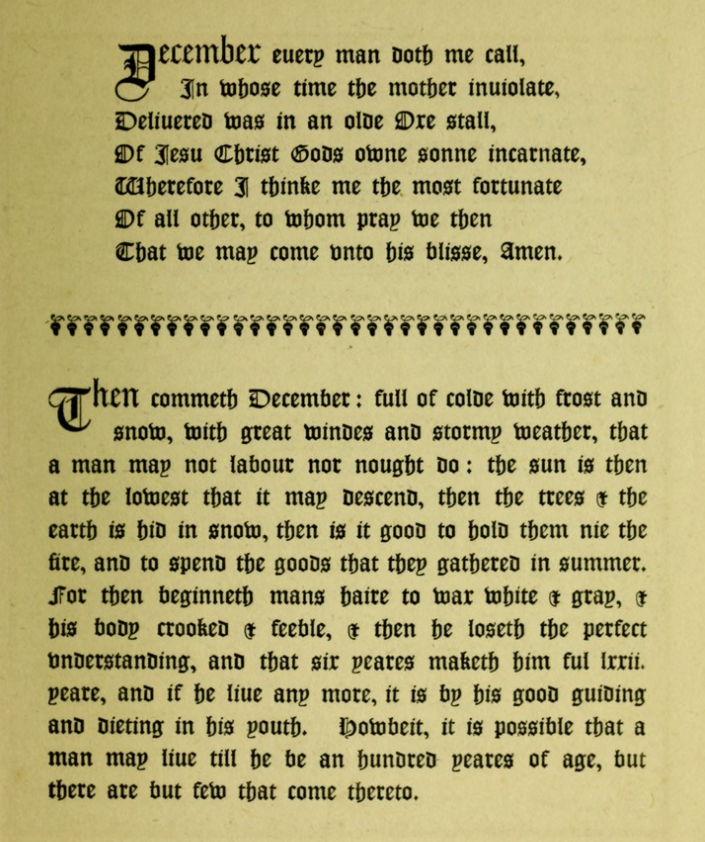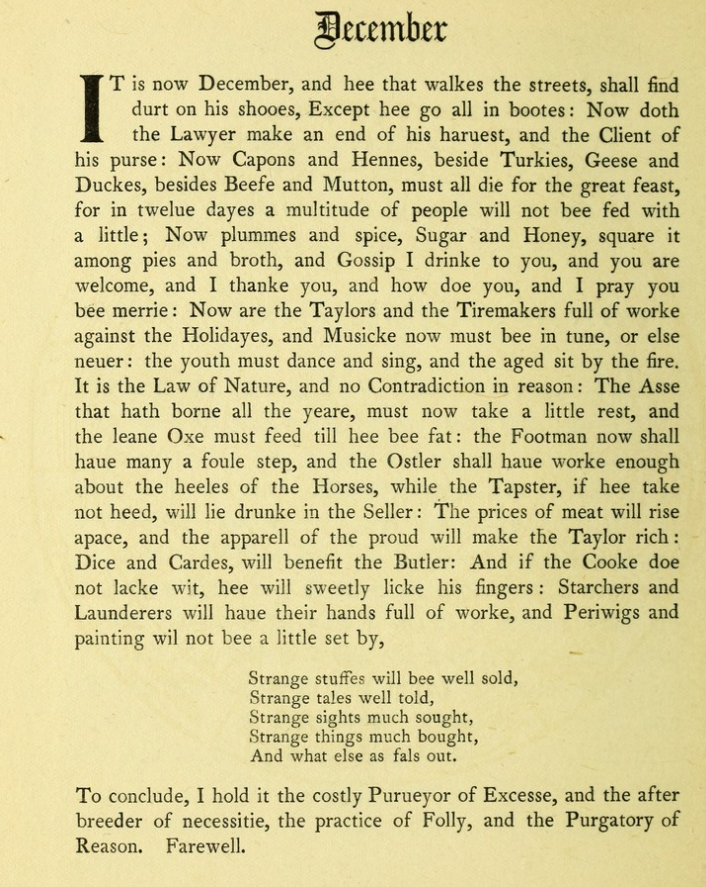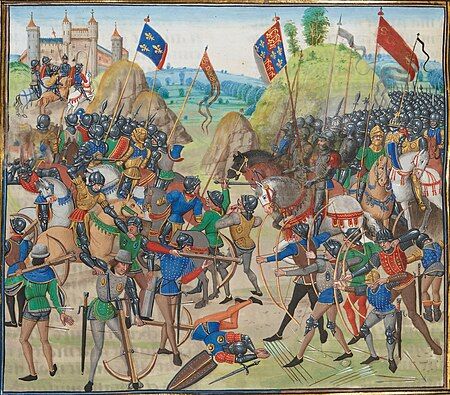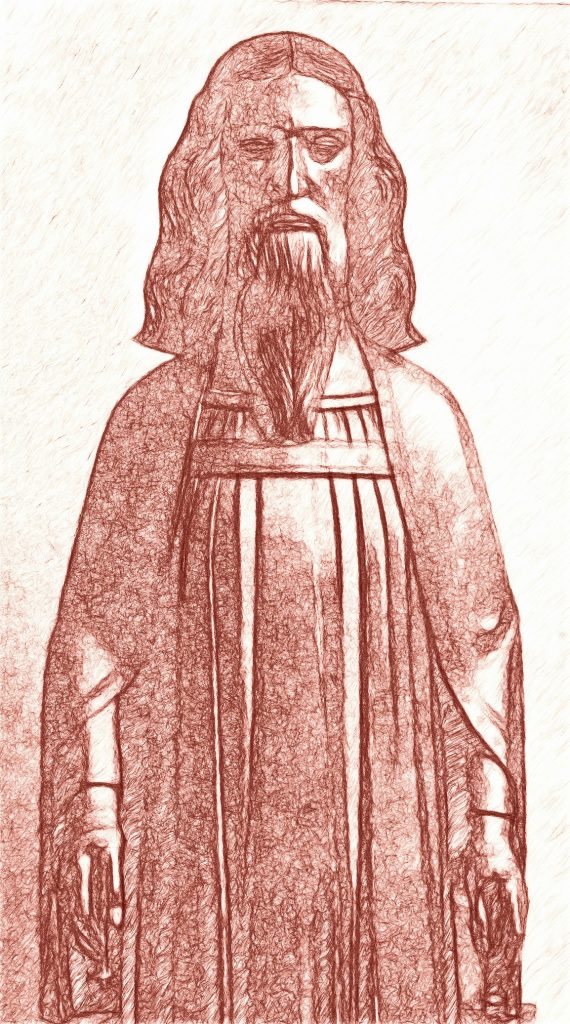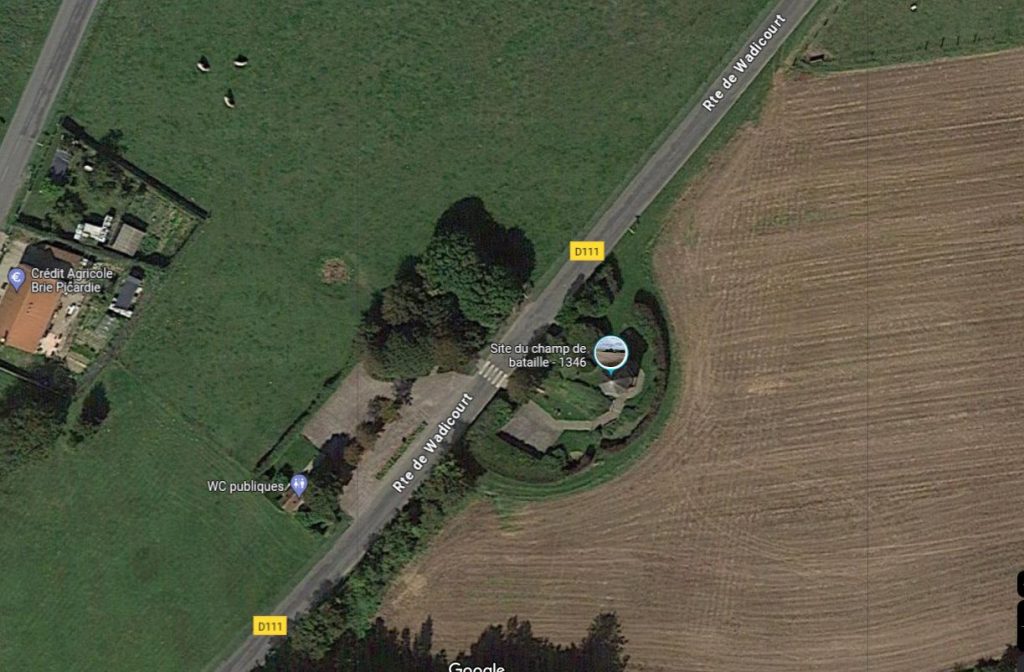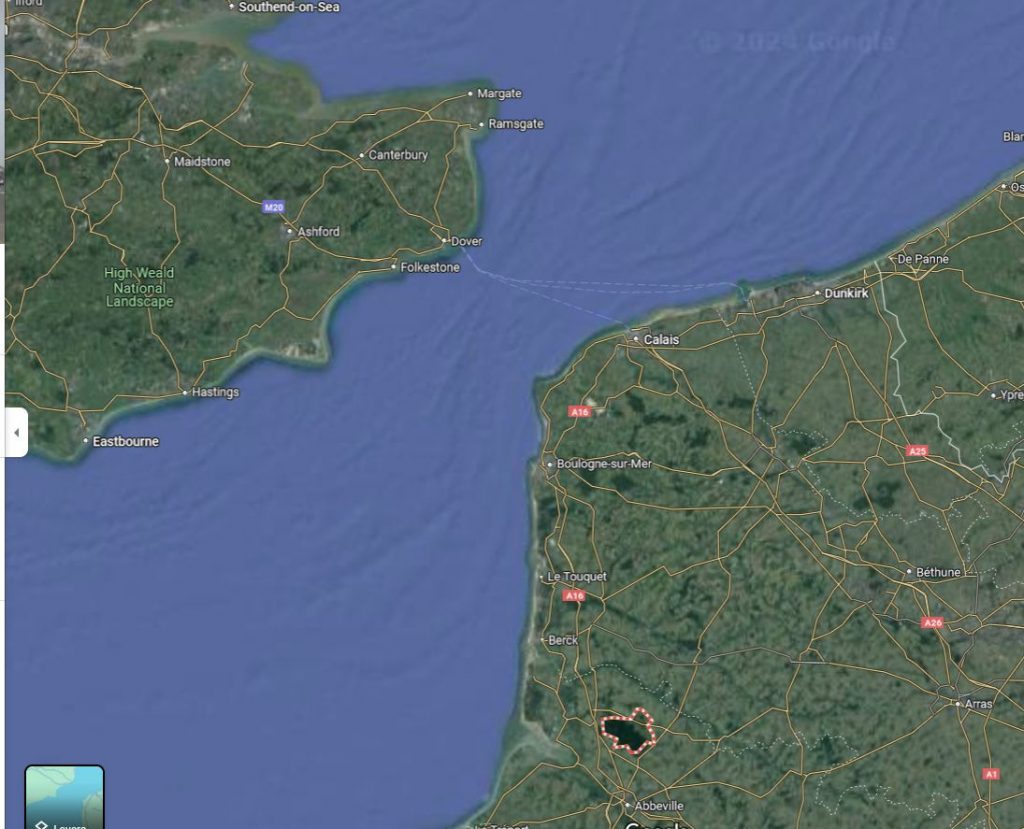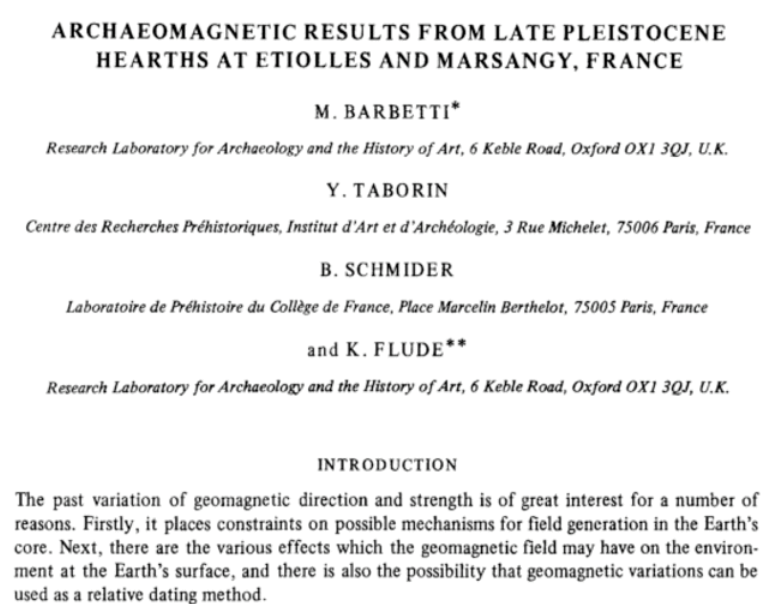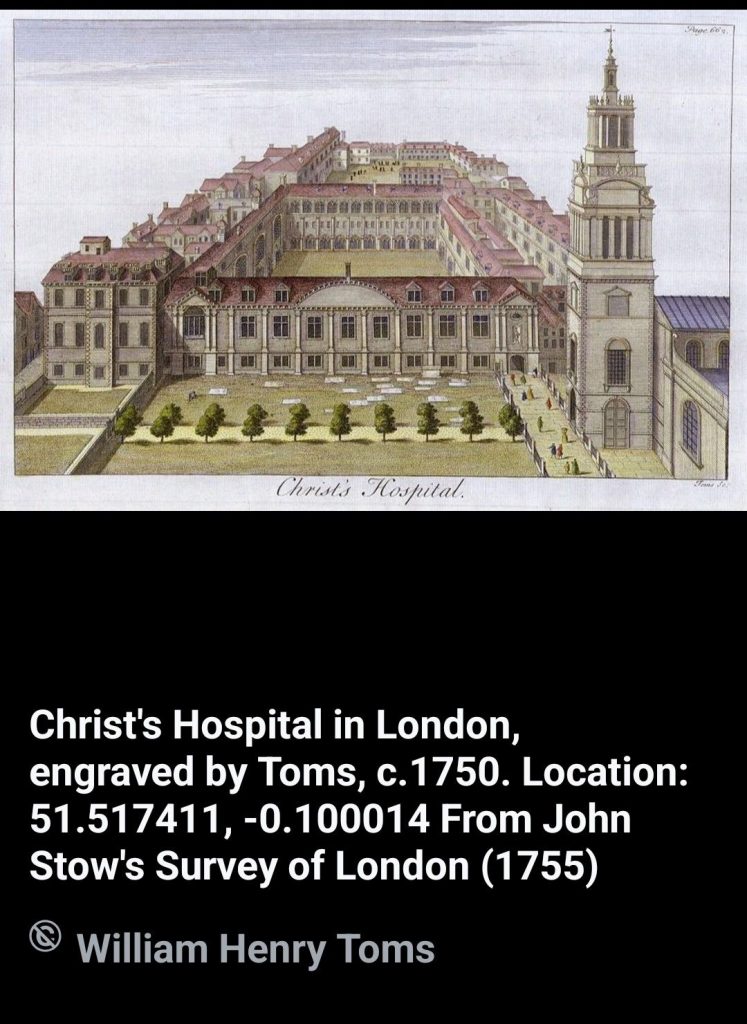
In the City of London, this was the day that they elected Governors to Christ’s Hospital, it was followed by a service at Christchurch attended by Aldermen, Sheriffs, the Lord Mayor and a procession of the children attending the school.
Christ’s Hospital was founded in 1552 by a settlement arranged by Edward VI after the Reformation. The abolition of the Monasteries by Henry VIII caused a huge problem for the City of London with the destruction of education and social services managed by monks and nuns. Henry VIII had already re-established St Bartholomew’s to look after the Poor Sick in the City. Edward established three Royal Hospitals to sort out additional problems. Bridewell Hospital became an orphanage and place of correction for wayward women. St Thomas Hospital for the homeless and poor sick of South London. Christ’s Hospital was to provide schooling. The school was originally near Newgate and Christchurch Church which was originally the Choir of the Greyfriars Church.
The school was set up in 1552 and was for boys and girls. The Mathematical School was added in the late 17th Century to provide navigation skills for sailors.
In 1815 a shocking event took place. An MP named Sir Eyre Coote entered the Mathematical school. He shooed the younger boys away but paid the older ones to participate in mutual flogging. He was discovered by the school nurse doing up his breeches. George Cruikshank, a vaunted caricaturist, created a cartoon of the occasion, and it is extraordinary how it was treated far from seriously. In 2016 former pupils opened up about historic sexual abuse leading to the prosecution of 6 teachers.
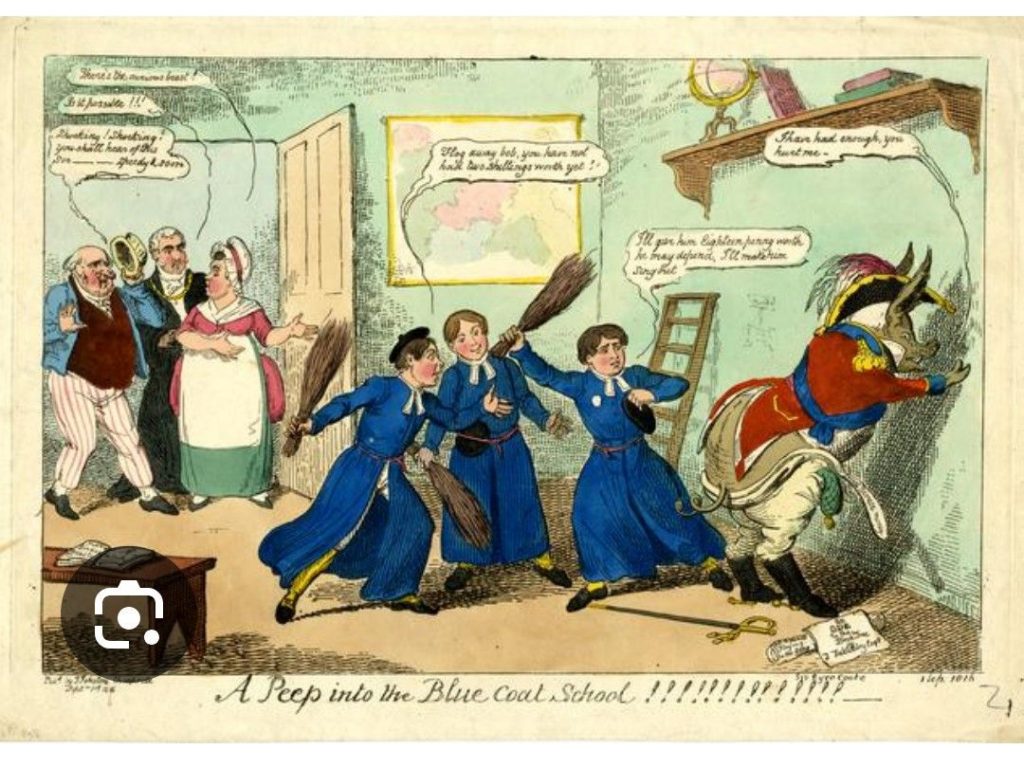
The blue-coated boys of Christ’s Hospital, eventually moved to Hertford but are now in Horsham. They maintain their City affiliation and still come to the City on or around St Matthews Day and take part in the Lord Mayor’s Show. The school is a public school but has a large percentage of its students funded by bursaries.
For more information look here: https://blogs.bl.uk/untoldlives/2015/09/st-matthews-day.html
Also on St Matthews Day, the historic Bush Hotel in Farnham distributed bread to the poor. This began in 1660 a local benefactor bequeathed one pound annually to pay for the bread.

